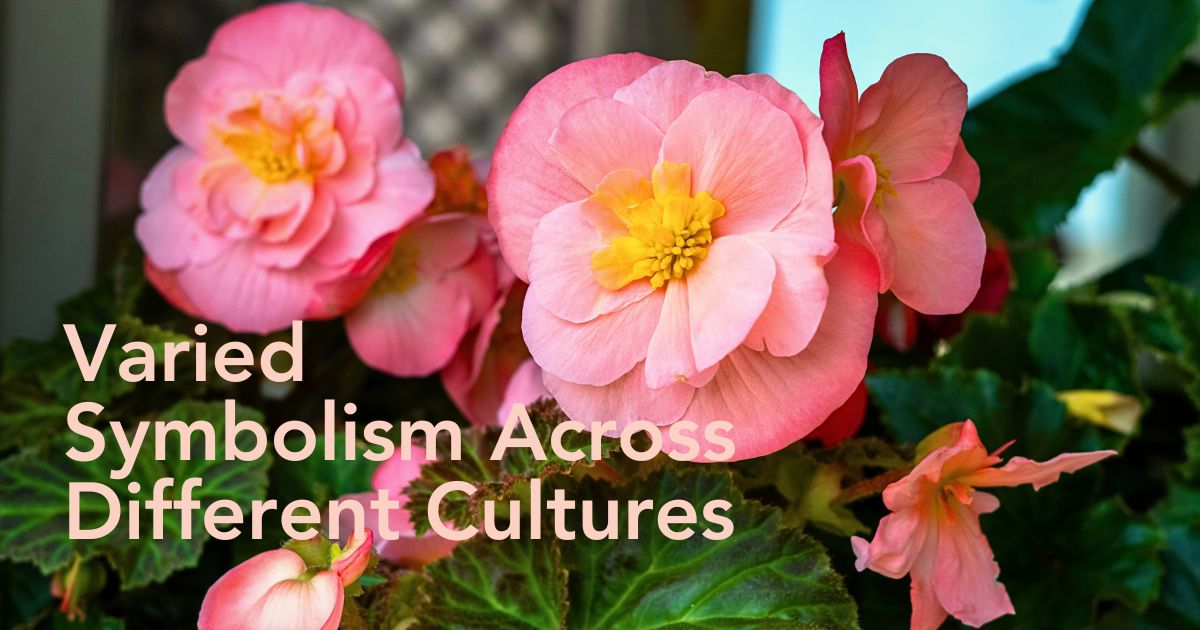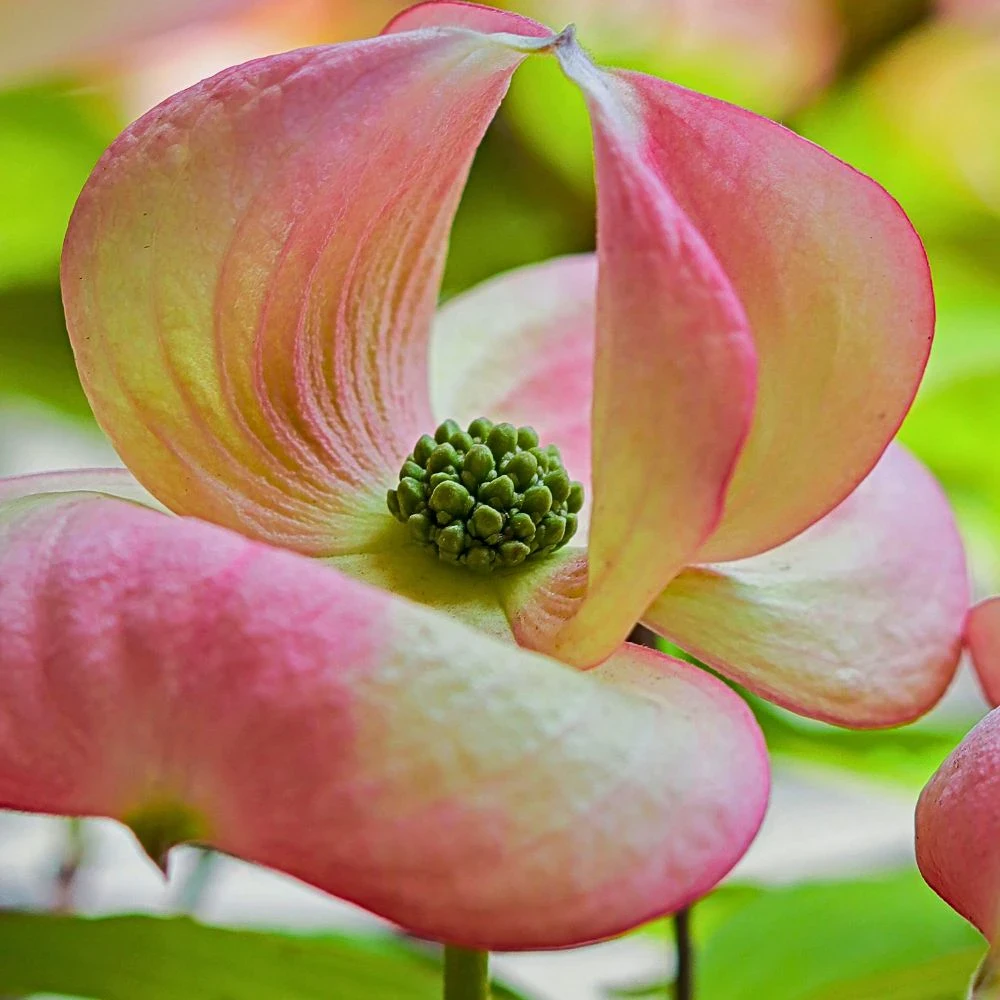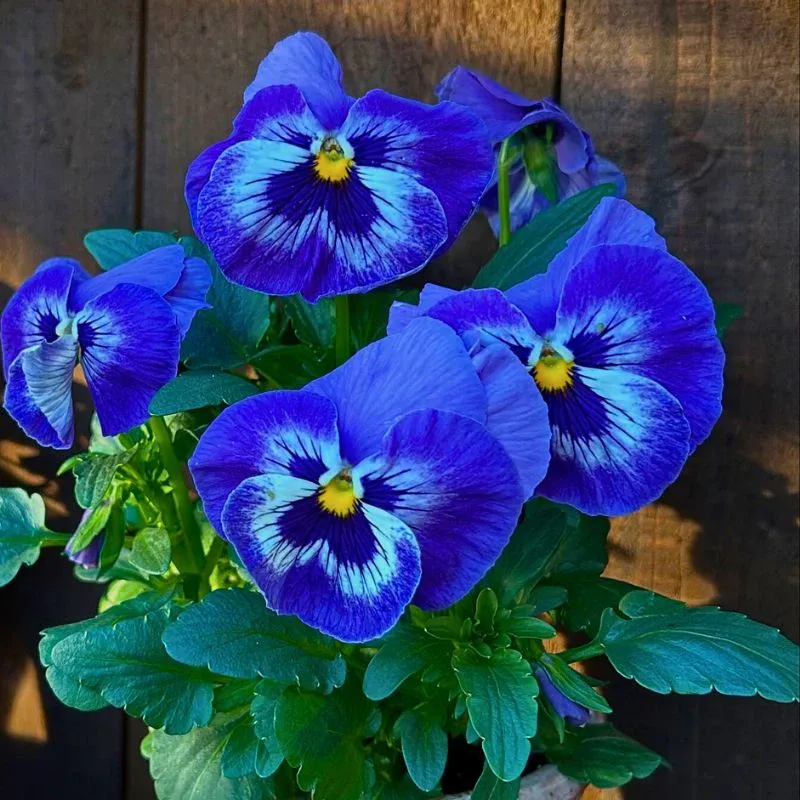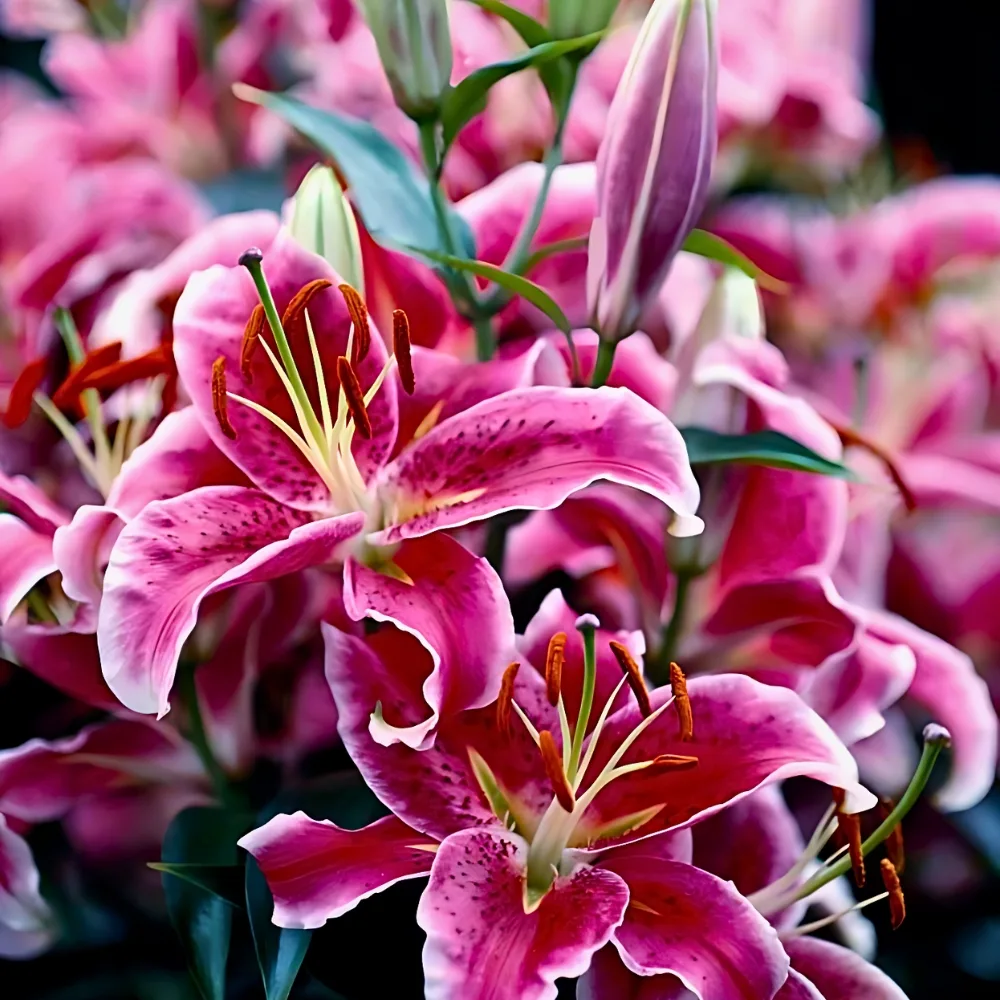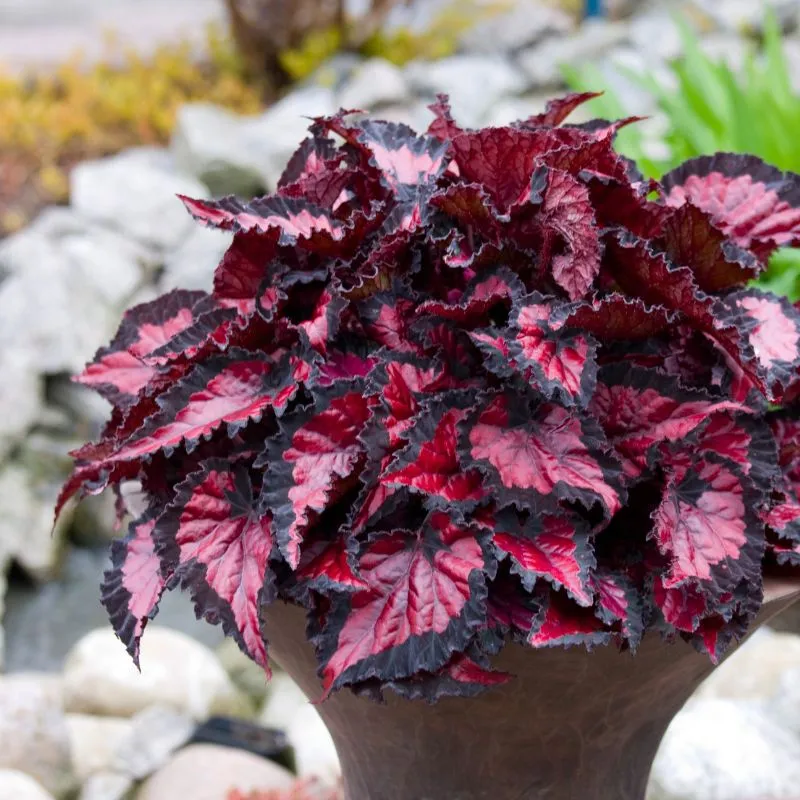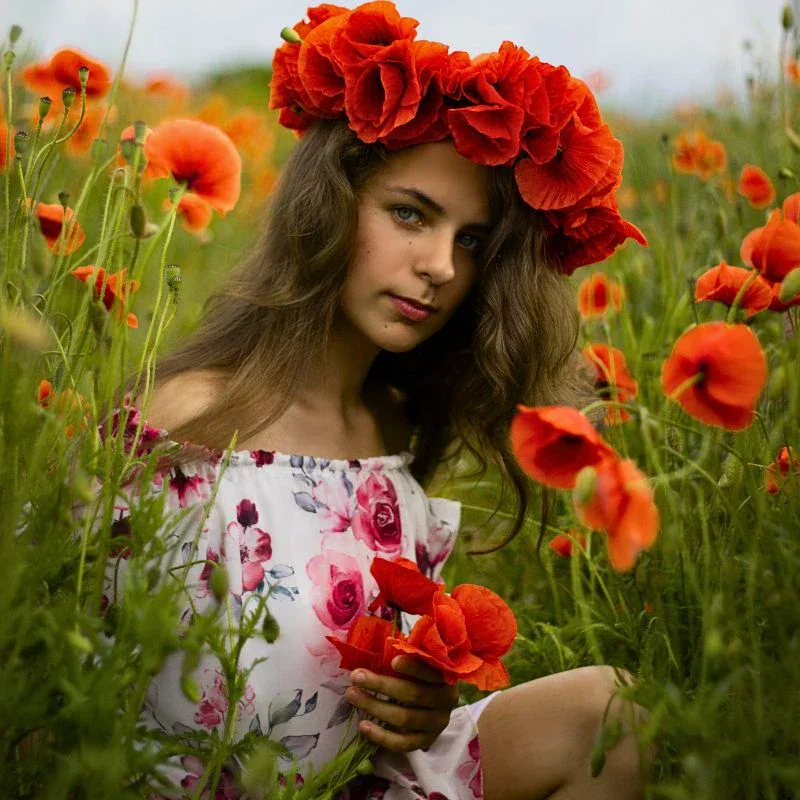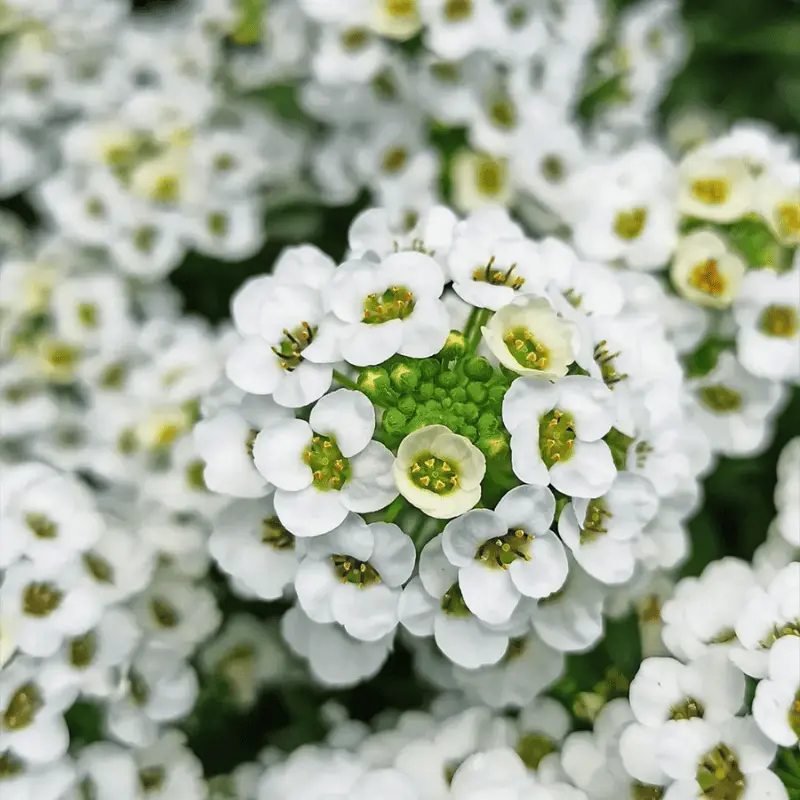When it comes to flowers, few possess the Begonia's delightful duality. For, within its ruffled petals and ornately veined leaves lies a rich world of meanings ranging from dark omens to heartfelt gratitude. It is also a flower that tells of age-old wisdom while still dazzling with a contemporary mien. Bearing gossamer petals and vivid hues, this amazing flower is both a gentle guardian and a passionate messenger. Within its subtle form, it carries symbolism not restrained by cultural confines.
The Begonia flower's meaning covers a range of emotions, from cautious wisdom to indebtedness. It is one of the most eloquent communicators in the language of flowers. Unlike many others that speak in singular voices, this flower carries varied allegories, composed through time, lore, and human experience. To fully get the gist of what that Begonia flower means, one must therefore journey through time and experiences to discover how this remarkable flower has entrenched itself into the very fabric of human expression.
Define Begonia: Botanical Origins and Natural Heritage
The Begonia belongs to the Begoniaceae family, incorporating over 2,000 species found in tropical and subtropical regions globally. These many species have colonized gardens worldwide, growing into cultural symbols as diverse as their forms. Begonias are native to Central and South America, Africa, and Asia, where they have thrived for millennia in diverse ecosystems ranging from rainforest floors in the Andes cloud forests to rocky outcrops near African waterfalls and riverbanks, as well as Southeast Asian jungles.
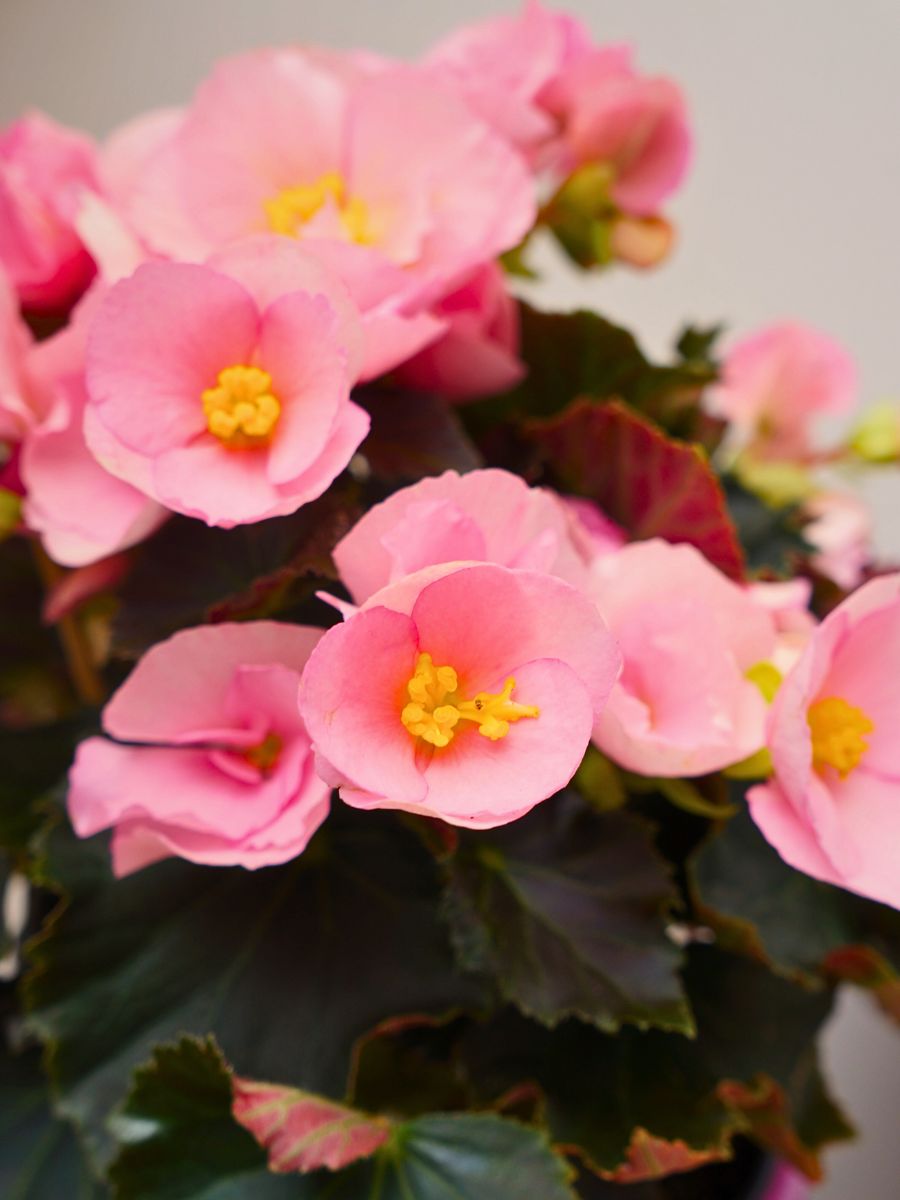
The genus was officially named by French botanist Charles Plumier in 1690, honoring Michel Bégon, a French diplomat and plant collector known for his careful consideration and thoughtful nature. This naming convention established one of the first traditions in botanical history where plants were named after fellow botanists, setting a precedent that continues.
Begonias are monoecious plants. Both male and female flowers exist on the same plant. The male flowers showcase numerous stamens, while female flowers feature large inferior ovaries with two to four branched or twisted stigmas. This botanical feature adds to the flower's symbolism of balance and harmony, as it embodies both masculine and feminine energies within a single plant. Also, there are leafy Begonias grown as indoor plants or out in the garden. Breeder Koppe Begonia is a specialist in all these varieties, producing practically all Begonias one would love.
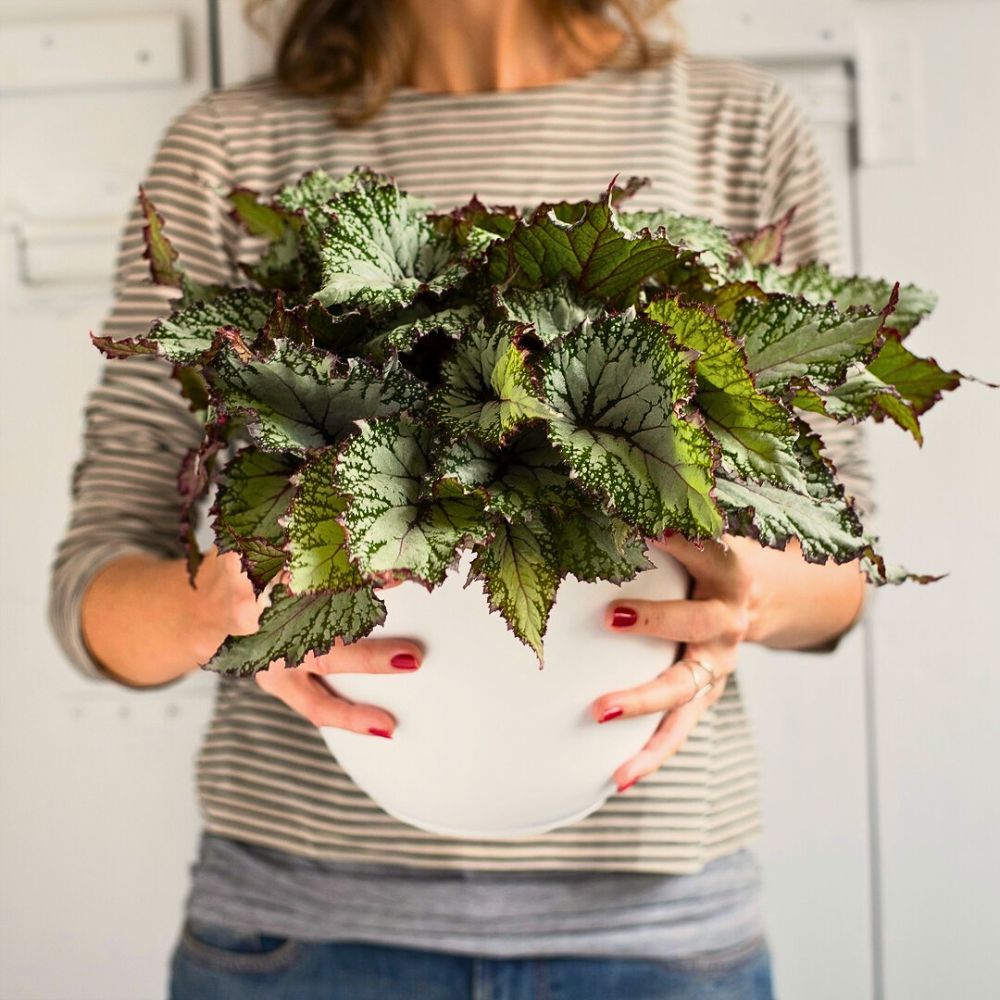
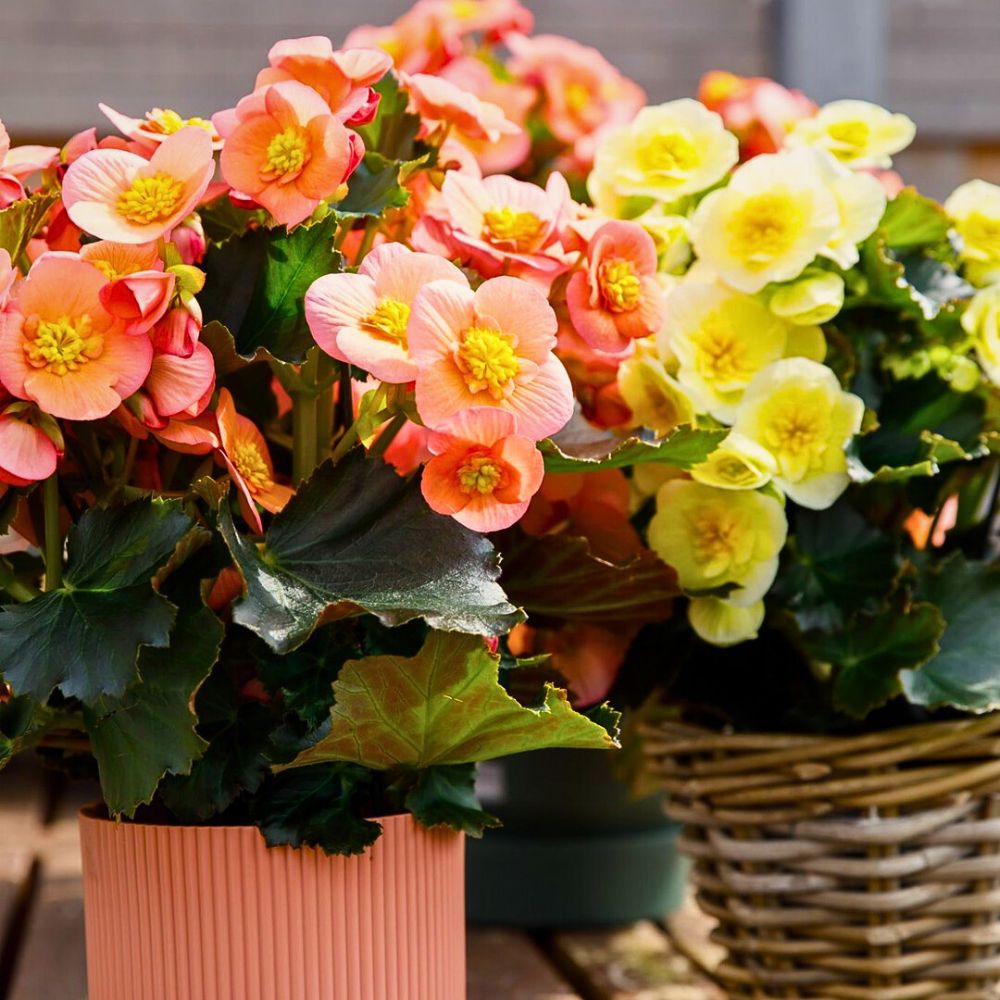
Understanding Begonia Symbolism Across Cultures
The meaning of the Begonia flower varies across different cultures and societies. Their symbolism and interpretation span continents and periods. In Chinese culture, for instance, Begonias symbolize good luck, fortune, and femininity, earning them the poetic title ‘flower concubine’, partly due to their delicate beauty. During Lunar New Year celebrations, these flowers are exchanged as gifts to attract prosperity and ward off negative energy. Chinese lore also paints Begonias darker: legend claims a loyal servant’s blood stained white petals red, creating links to sacrifice and undying loyalty.
Now contrast that with North Korea’s case. Begonia Kimjongilia—a hybrid cultivar of tuberous Begonia—holds special significance as a symbol of peace, justice, wisdom, and love. This particular variety was bred by Japanese botanist Kamo Mototeru to honor the late North Korean leader Kim Jong Il's 46th birthday, creating a diplomatic bridge between countries through floral beauty. This crimson Begonia symbolizes Kim Jong-il’s ‘wisdom’ and ‘justice’.
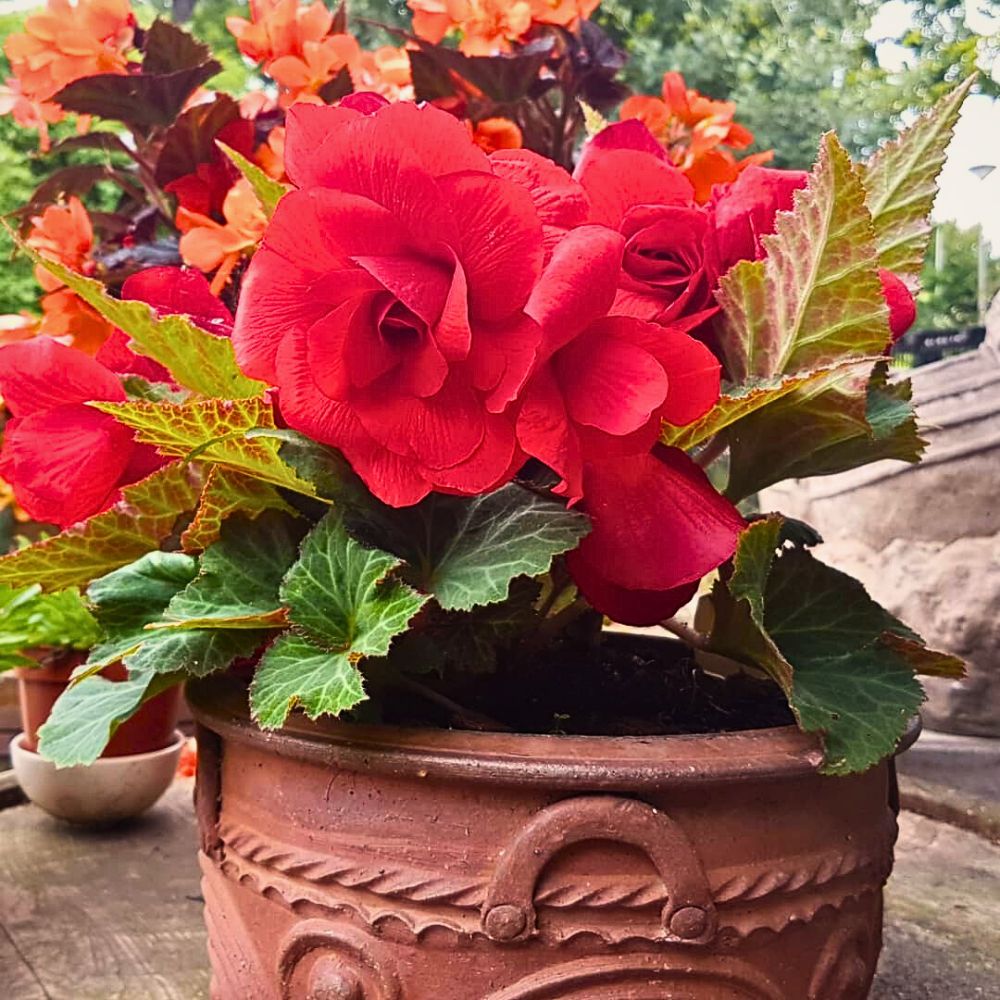
The Begonia flower meaning’s negative aspects are equally significant. In certain African regions, where these flowers are associated with death and mourning, they are primarily used in funeral arrangements rather than celebratory occasions. This stark contrast shows how cultural context greatly influences floral symbolism. Meanwhile, Colombian and Venezuelan traditions often interpret red Begonias as romantic rejection.
Ancient civilizations also recognized this flower thousands of years ago. Evidence suggests that equatorial African and tropical Asian societies used Begonia plants as food sources. The Incas in the Peruvian mountains and various Central and South American cultures, likewise, incorporated them into their daily lives, using them both nutritionally and medicinally.
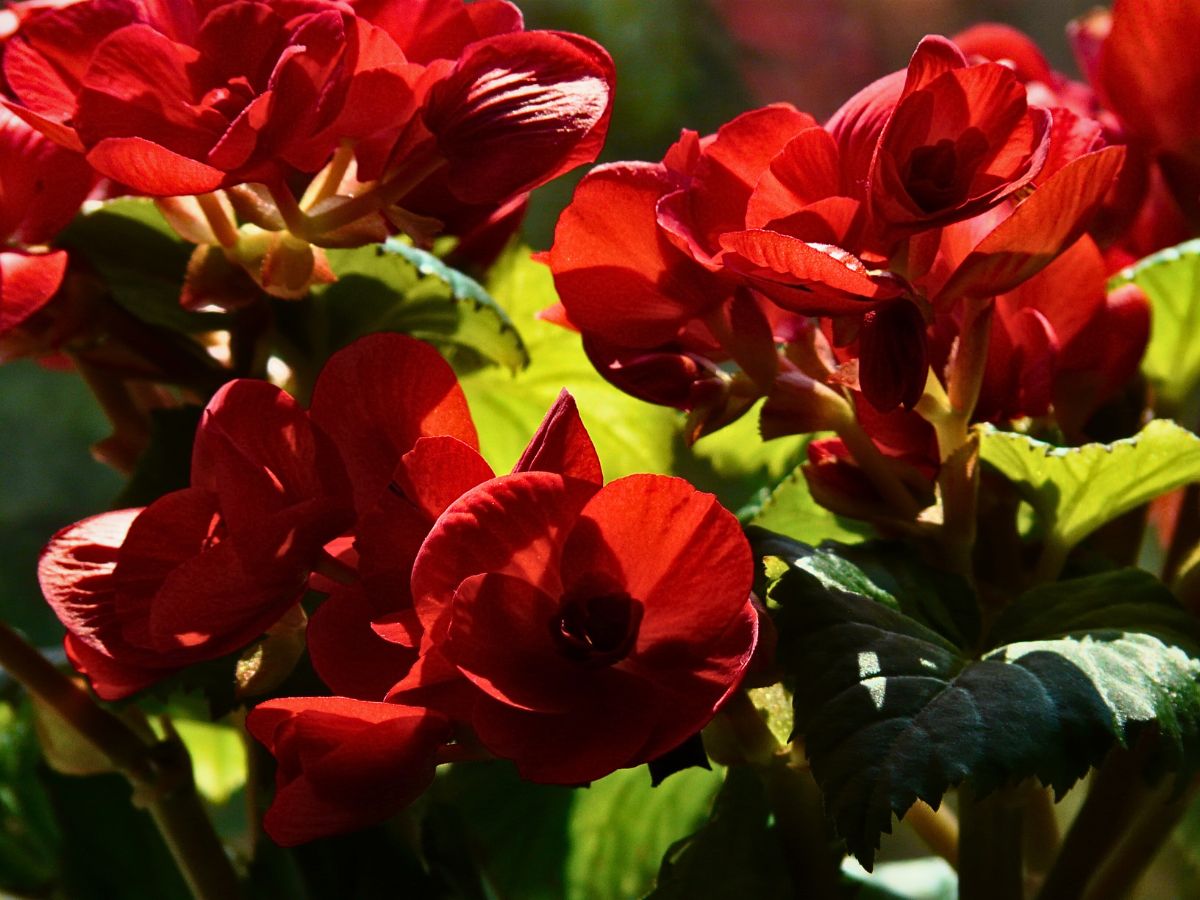
The Victorian Legacy and Flower Meaning of Begonia in Floriography
During the Victorian era, the Begonia flower’s meaning reached its peak of grandeur. In the elaborate language of flowers known as floriography, this flower conveyed elaborate messages of caution, harmony, gratitude, and uniqueness. Victorian ladies used them to express sentiments that social propriety would not otherwise allow them to voice directly.
Then, this flower’s meaning encompassed both positive and cautionary messages in Victorian floriography. A gentleman presenting begonias to a lady might have expressed gratitude for her kindness while simultaneously urging her to exercise caution in new situations. This dichotomy in symbolism made them particularly valuable in the nuanced communication of the era.
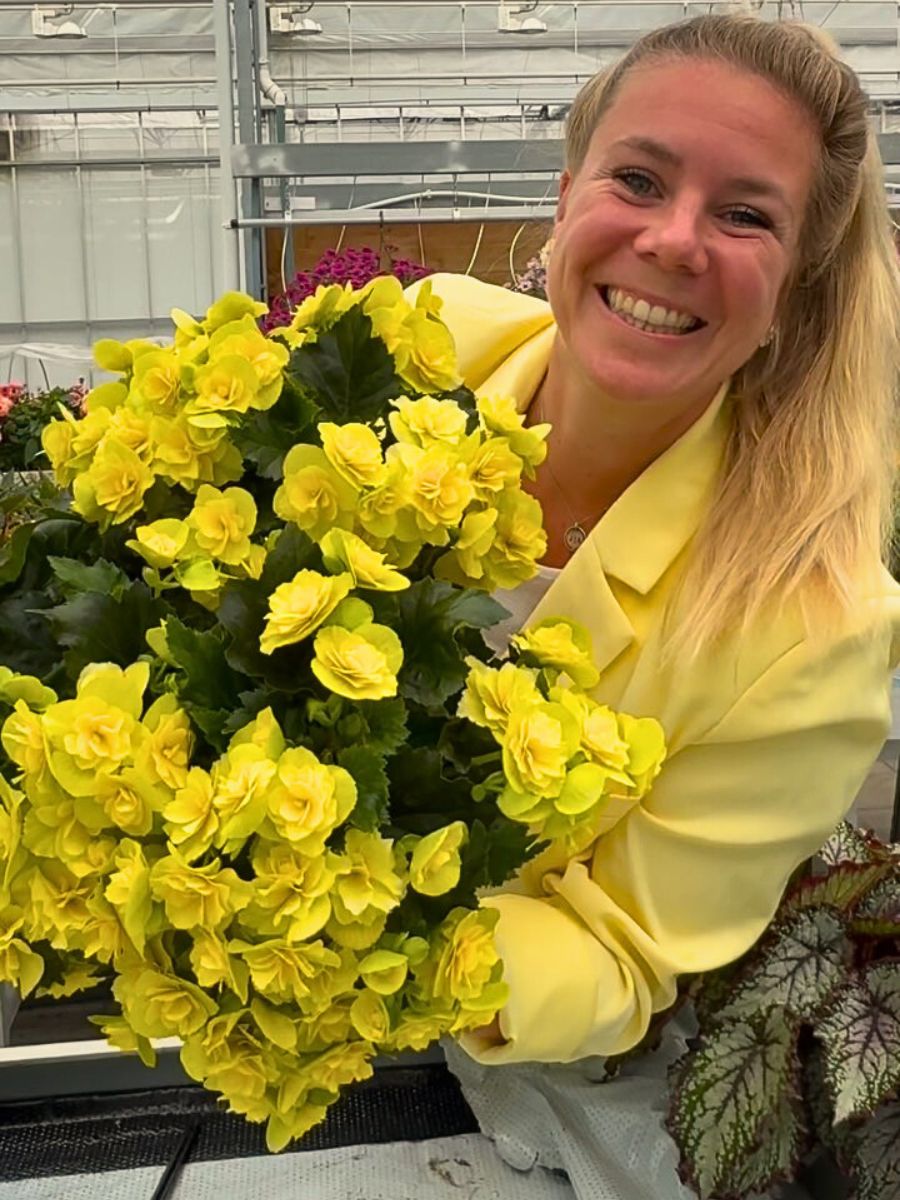
Modern Spiritual and Emotional Meaning of Begonias
Modern interpretations of Begonia symbolism also emphasize balance, harmony, and spiritual growth. Begonias are believed to represent the equilibrium between light and dark aspects of the human experience. They are supposed to encourage acceptance of all facets of one's personality. In spiritual practices, they are associated with protection against negative energies and promoting inner peace.
The meaning of Begonia further extends to personal transformation and renewal. Many believe that these flowers facilitate fresh starts and encourage thoughtful reflection. Their presence in meditation spaces and spiritual ceremonies echoes this; it emphasizes their role as conduits for contemplation and self-discovery.
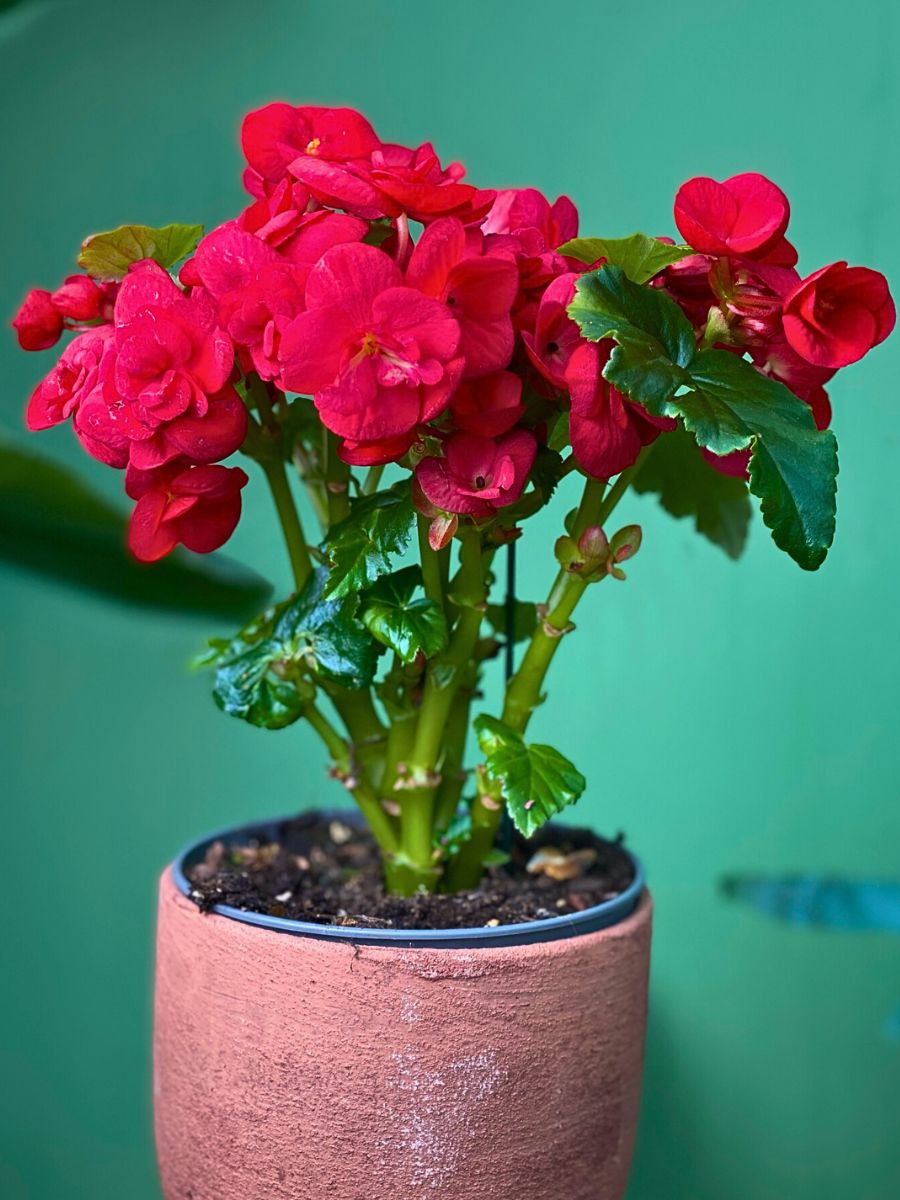
Color Variations of Begonia Flower Meaning
Virtually every color of Begonia has distinct symbolism. This creates a range of meanings that allows for precise emotional expression. Red Begonias, for instance, symbolize deep love, passion, and romance. They are ideal for expressing intense romantic feelings. Pink varieties, on the other hand, represent gentler affection and new love, perfect for budding relationships. Yellow Begonias exemplify happiness, wealth, and optimism, often used to brighten someone's day or celebrate achievements.
Elsewhere, white Begonias represent purity and innocence. They are frequently chosen for spiritual ceremonies and new beginnings, and used in weddings and memorials. Purple Begonias symbolize nobility, respect, and wisdom. They are appropriate gifts for mentors and respected elders. The orange Begonia flower's meaning, perhaps, just like other flower-color meanings, generally represents energy, enthusiasm, creativity, and warmth. It is ideal for celebrating breakthroughs.
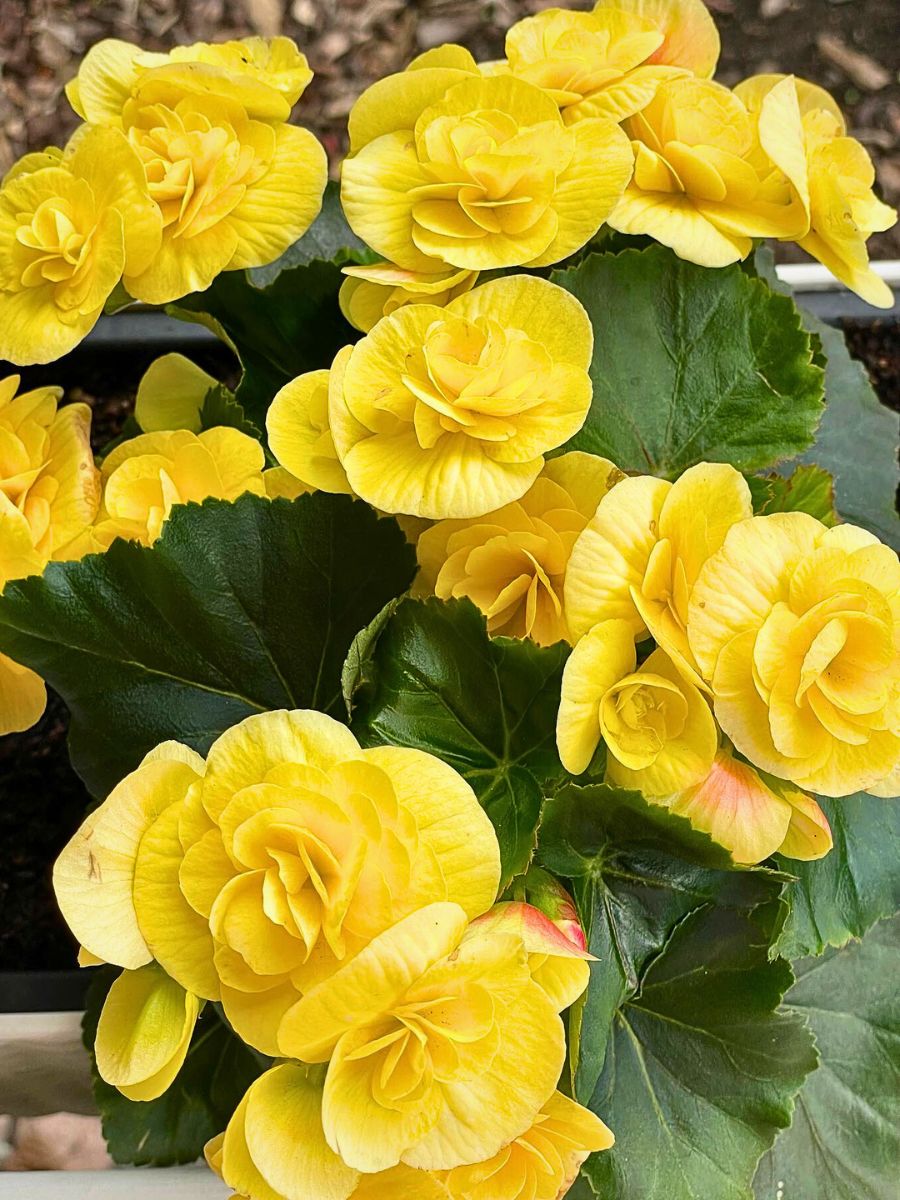
Cultivating Begonia Flowers
Cultivating Begonia flowers requires understanding their preference for gentle conditions that mirror those of their natural habitats. These shade-loving plants thrive in partial sunlight or dappled shade. Excessive direct sunlight can damage their leaves and petals. How to grow and care for Begonia flowers begins with providing well-draining, slightly acidic soil rich in organic matter, with a pH range of 5.7 to 6.2. A mixture of four parts well-decayed leaf mold, one part garden soil, and one part coarse sand creates an ideal growing medium.
Irrigating these plants should be moderate and consistent, allowing the top half-inch of soil to dry between waterings to prevent root rot. Begonias also prefer temperatures between 18.3°C and 21.1°C with humidity levels around 45-50%. Regular pruning of the plant in late winter or early spring encourages its healthy growth, while soft-pinching throughout the growing season maintains its shape and promotes fuller flowers.
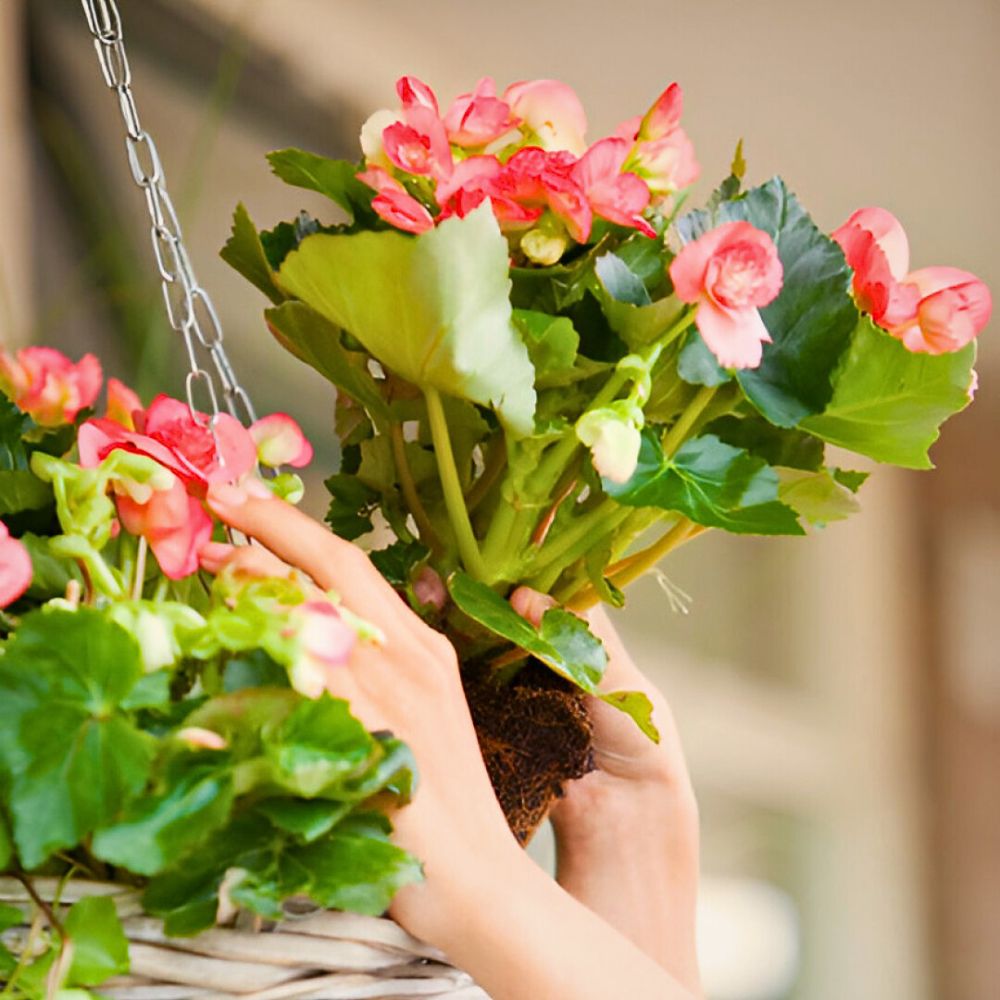
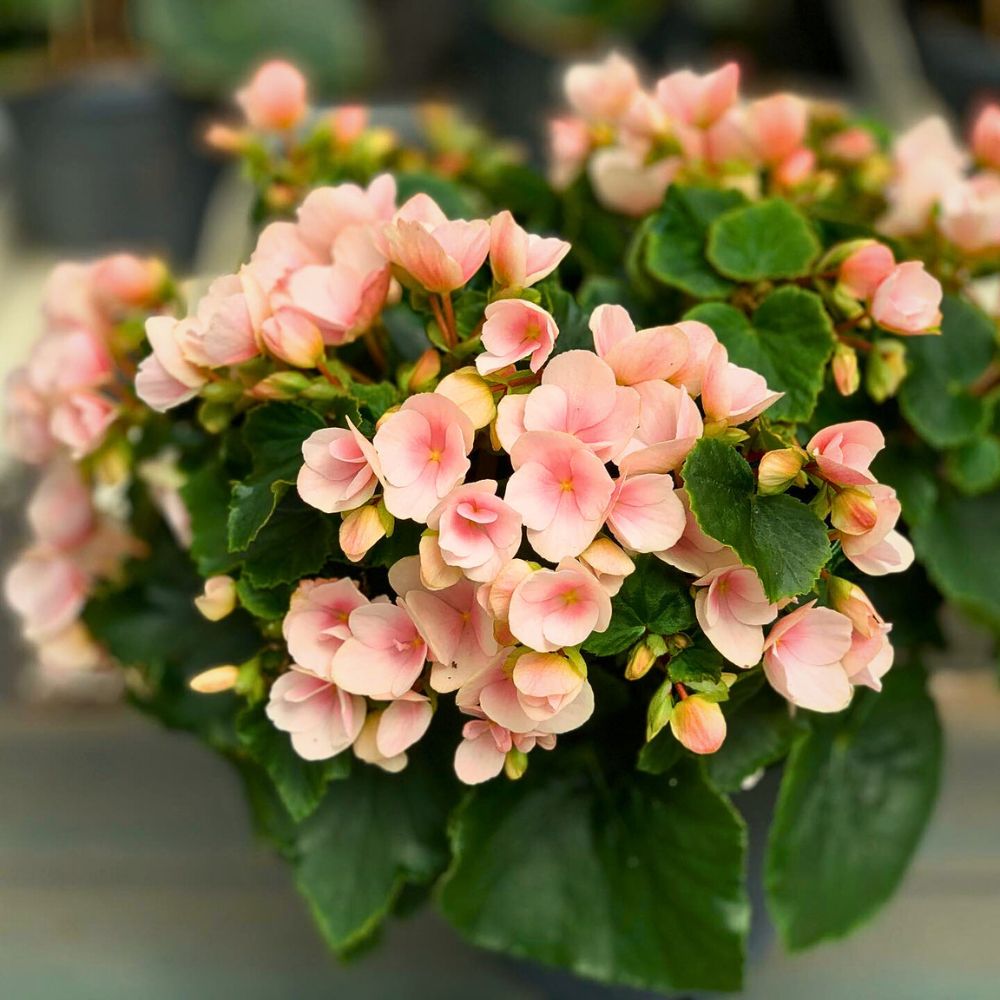
How Cultivation Deepens Understanding of Begonia Symbolism
The process of growing Begonias offers unique insights into their symbolic meanings that cannot be gained through mere observation or study. Experiencing the symbolism of caution through care means that when one cultivates them, their need for specific growing conditions teaches the very caution they symbolize. In that setting, the Begonias exemplify the careful consideration they represent in their symbolism. The hands-on cultivation experience transforms the abstract concept of caution into practical wisdom.
Witnessing balance and harmony through growth cycles also comes into play. Since Begonias are monoecious plants—a botanical exhibition of balance—one can observe the rhythmic cycles of growth, blooming, and dormancy, the plant's ability to self-regulate when provided with proper care, and the harmonious relationship between all its parts. One, therefore, gains insight into the balance that these flowers symbolize.
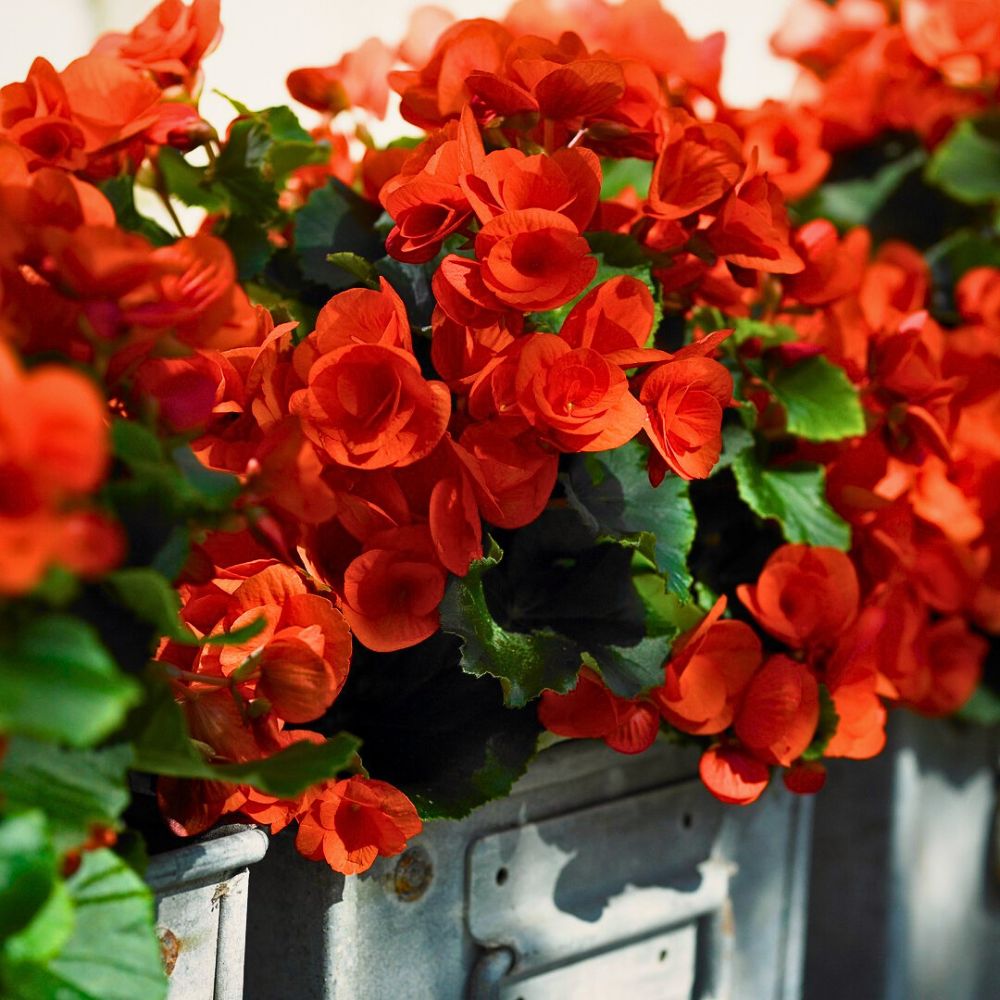
Cultivation also helps develop gratitude and appreciation through a nurturing relationship. Just like other plants, tending Begonias cultivates the very gratitude they symbolize. One invests their time and attention in their care, witnesses their response to nurturing efforts, experiences the delight of successful flowering, and learns from challenges and setbacks. The process, likewise, helps develop an appreciation for the relationship between the caregiver and the plant, which, in turn, influences how one perceives relationships and kindness.
Mindful Gardening Practices Enhance Begonia's Symbolic Connection
Approaching Begonia cultivation with mindfulness creates room for deeper symbolic understanding. One should consider practices like intentional observation, which means taking time to observe the Begonia plants with full attention, and noticing the intricate patterns on leaves and petals, the subtle changes in growth from day to day, the plant's responses to environmental conditions, and the cycle of buds forming, flowering, and fading, all of which connect one to the present moment while enhancing their appreciation for the plant's symbolic qualities.
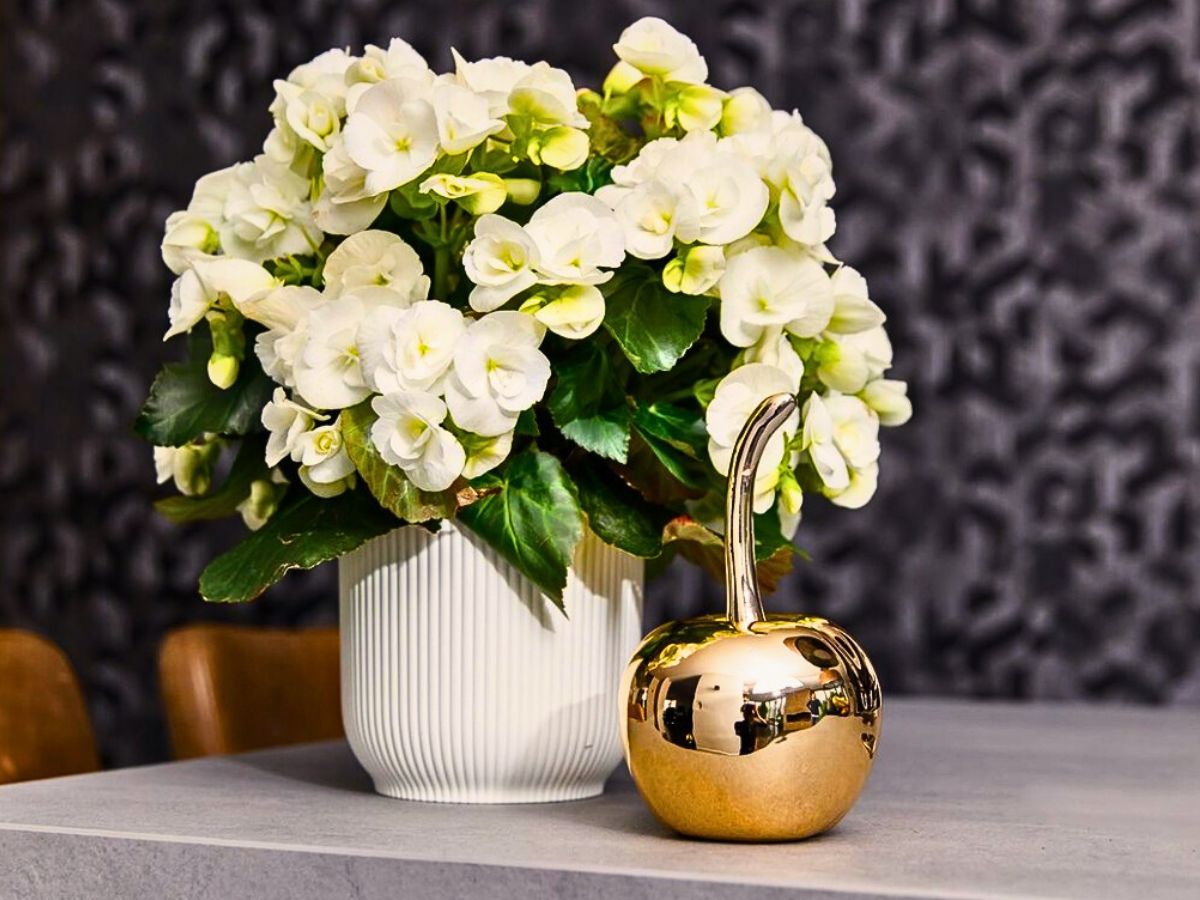
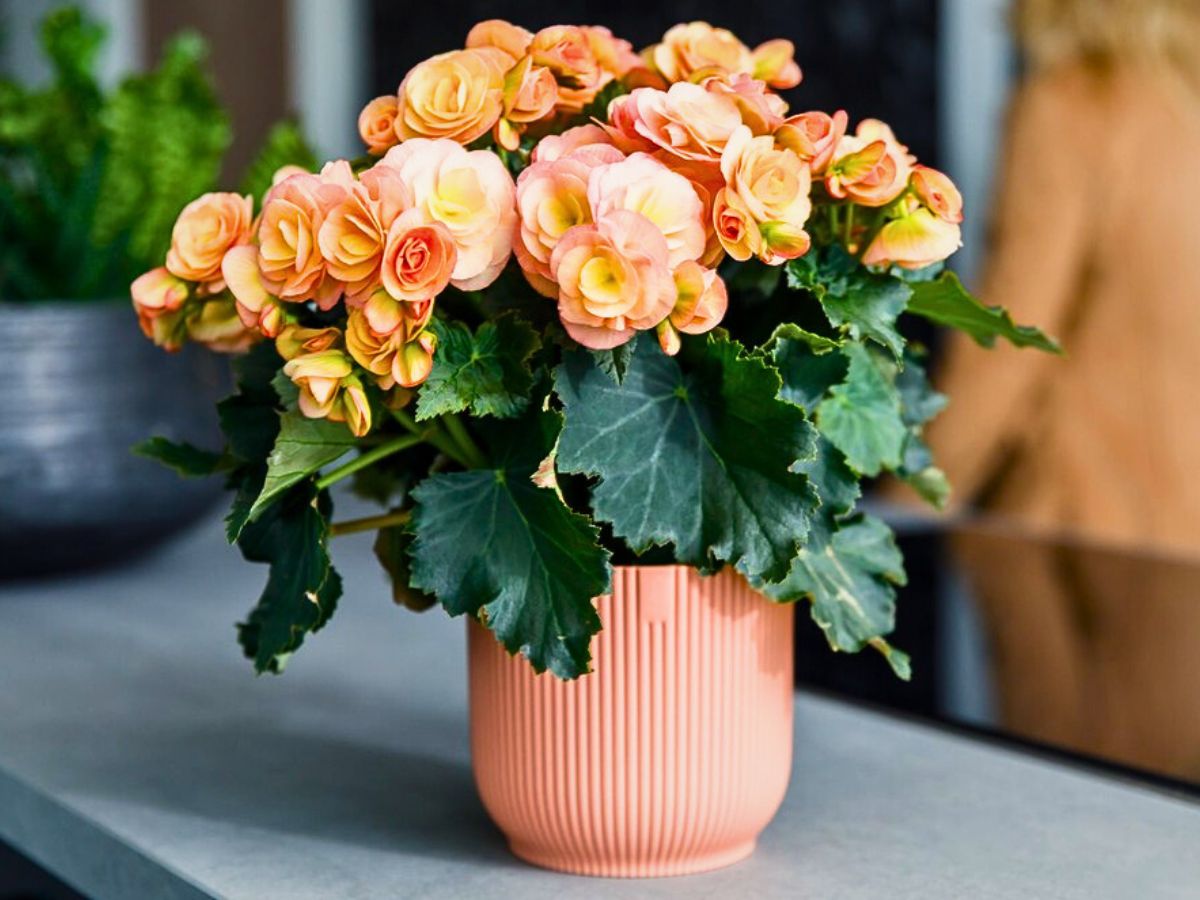
The practices also encourage reflective gardening, whereby one uses their gardening time as an opportunity for reflection. In this regard, one should keep in mind the caution needed in Begonia care, which relates to areas in their life that might benefit from more careful consideration. This also brings to mind how the balance exhibited in Begonias might inspire balance in one’s life, and enhance appreciation of moments that deserve gratitude, as well as how they express their uniqueness. This reflective approach makes gardening a spiritual practice, and more than just a hobby.
Using Begonias in Interior Design and Floral Displays
Begonias are versatile. They are, therefore, exceptional choices for interior design and home decoration. The painted-leaf Begonias, whose stunning foliage patterns could be perceived as alive artwork in modern and traditional settings, are a perfect example for this purpose. Their bold colors and elaborate leaf patterns complement neutral-toned living spaces while adding organic texture and visual interest. Angel Wing Begonias, on the other hand, with their distinctive leaf shapes, create dramatic focal points in offices and formal spaces. These varieties work particularly well in minimalist design schemes where their sculptural qualities can be fully appreciated.
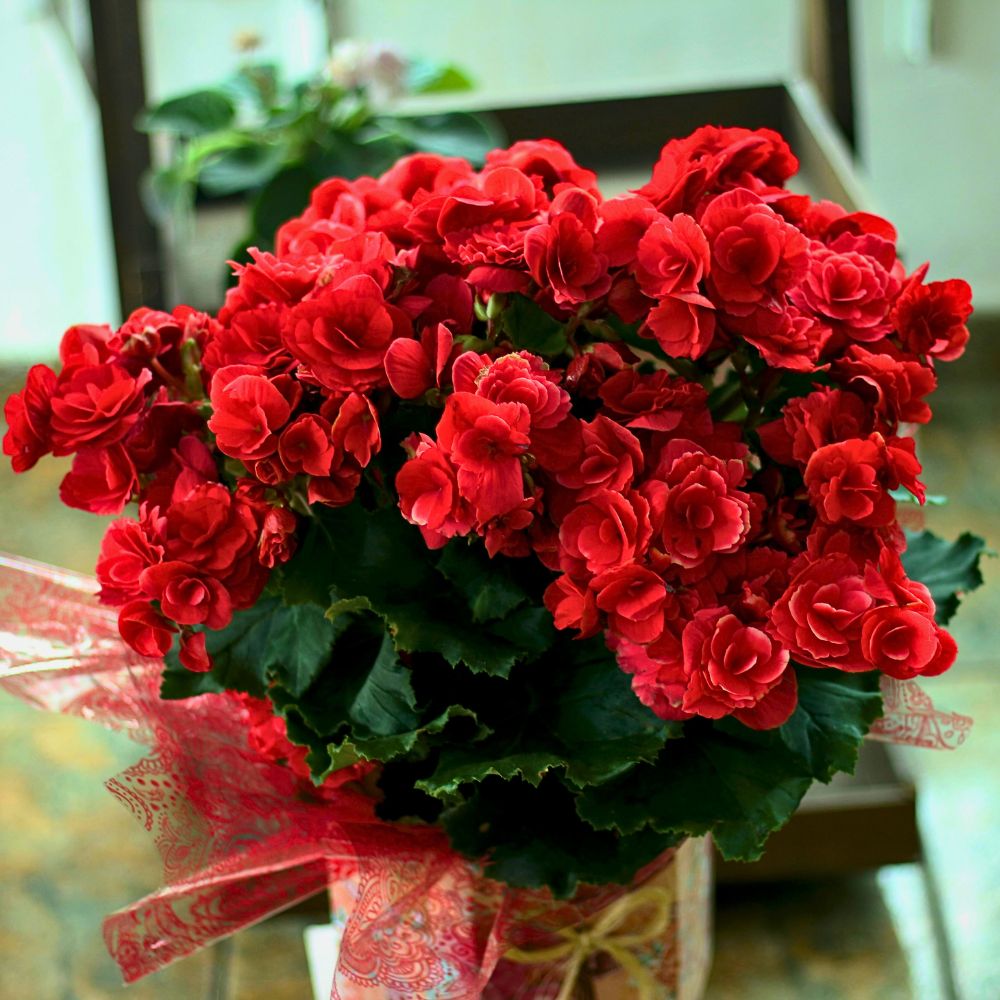
For hanging displays, tuberous Begonias could cascade beautifully from elevated planters, creating vertical gardens that maximize space while providing continuous color throughout growing seasons. Container gardening with Begonias also allows for flexible arrangements that can be relocated based on seasonal lighting conditions or design preferences.
Therapeutic Applications and Wellness Benefits
Aside from their ornamental value, Begonias offer numerous therapeutic applications that have been, and continue to be, recognized across cultures. In traditional Chinese medicine, they were used for their medicinal properties as early as the 14th century. Modern applications include treating bronchitis through the antimicrobial agents present in Begonia rhizomes.
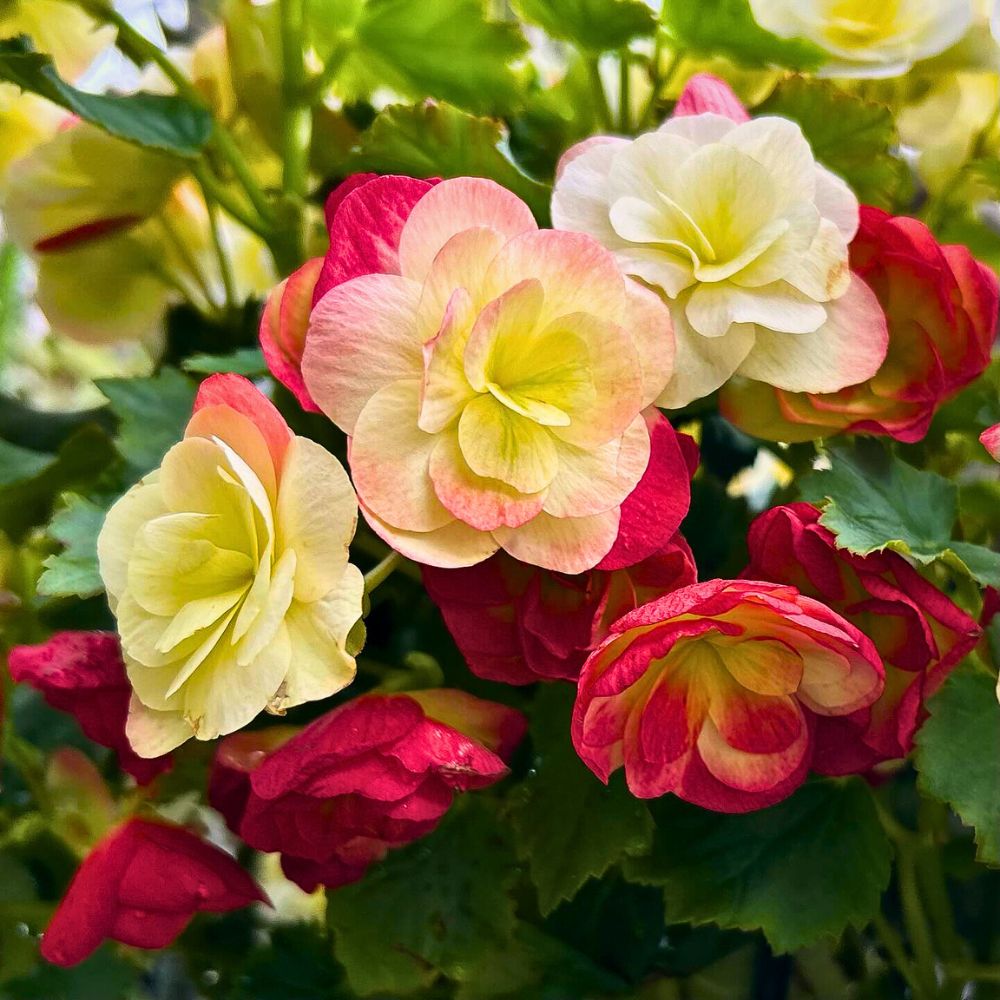
Digestive disorders, including diarrhea and dysentery, have also traditionally been addressed using Begonia preparations. The flowers have also been employed in lessening menstrual disorders and symptoms associated with premenstrual syndrome. However, individuals with gout, rheumatism, or kidney stones should exercise caution, as some Begonia varieties contain oxalic acid.
Culinary Adventures With Begonia Flowers
The culinary element of Begonias takes their usefulness further. These plants are ideal in gastronomy. Both leaves and flowers are edible, offering a subtly tangy flavor that enhances salads with both color and freshness. In Indonesian and Brazilian cuisines, Begonia flowers are incorporated into salads, while Chinese culinary traditions include them in cheese-making processes.
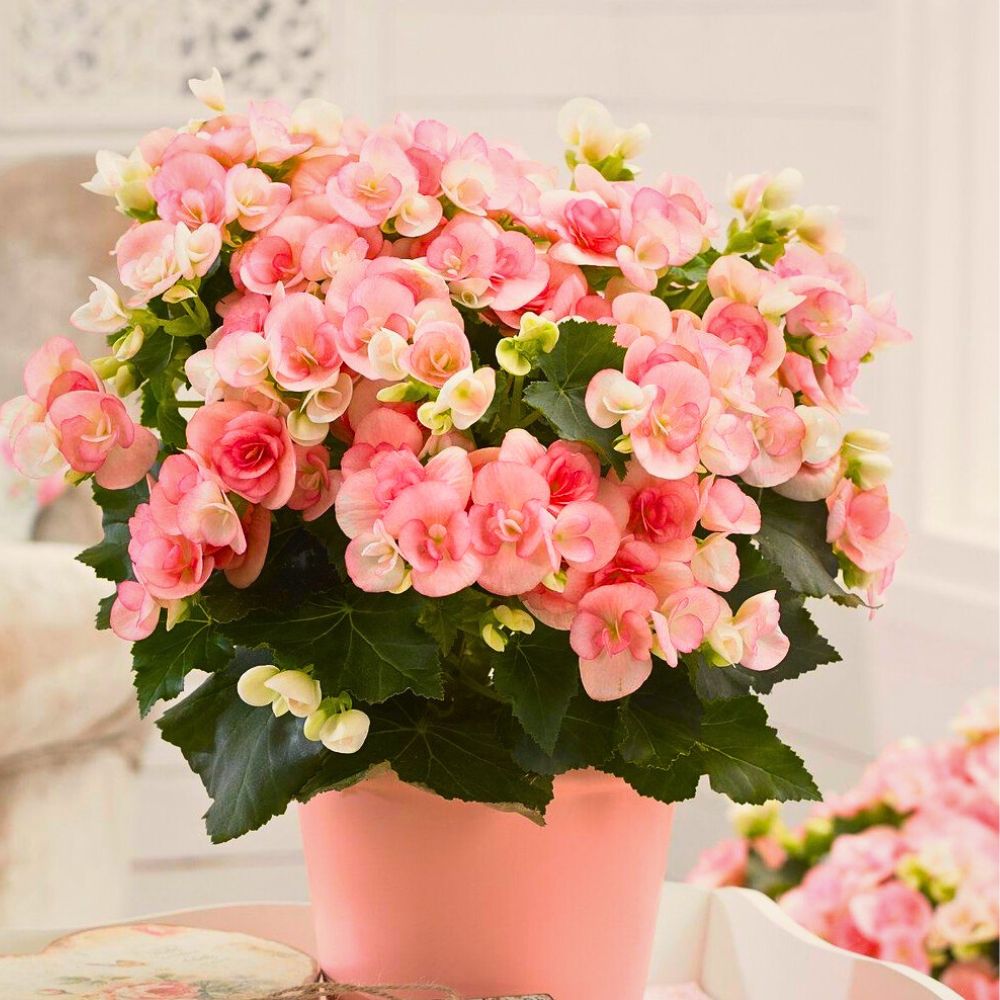
Begonia flowers could, likewise, be used as elegant garnishes for desserts, balancing sweetness with their mild tanginess. In beverage preparation, they enhance cocktails, mocktails, and herbal teas, providing both flavor complexity and visual delight. Quite a whole package, you’d say, the Begonia flower is!
Feature image by @dutchbulbscom, header image by Hepner.

